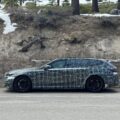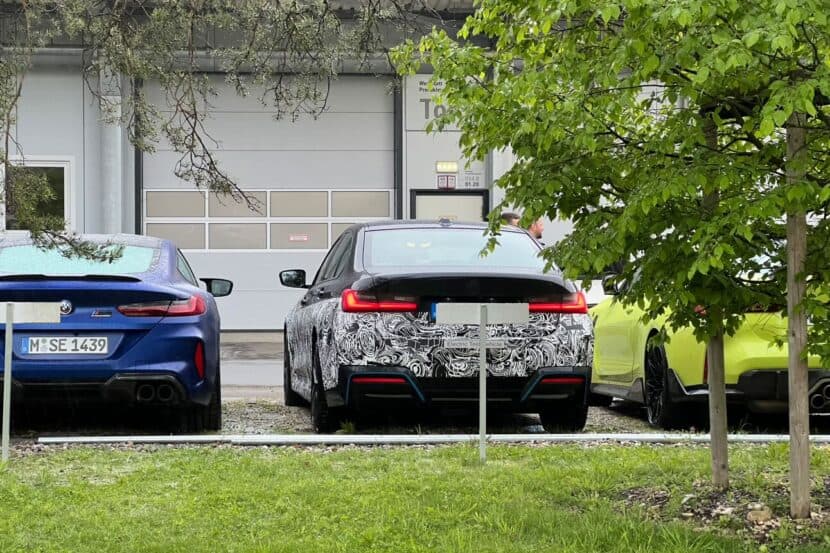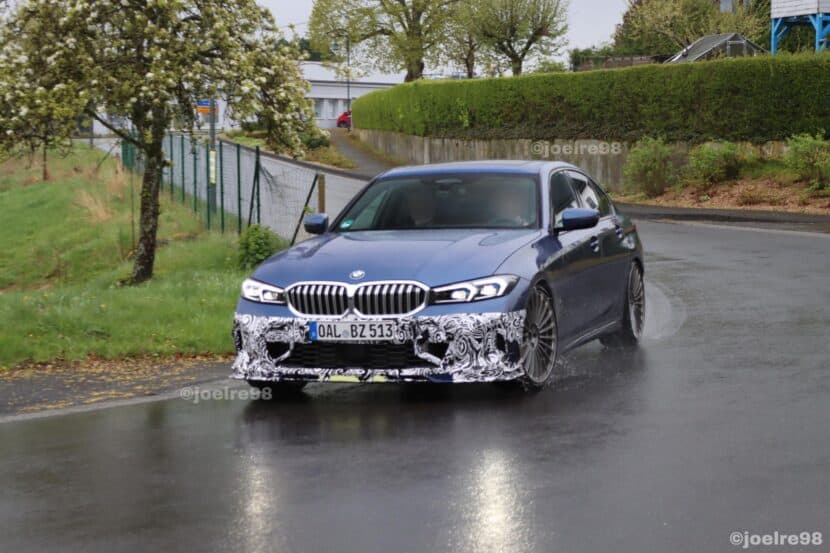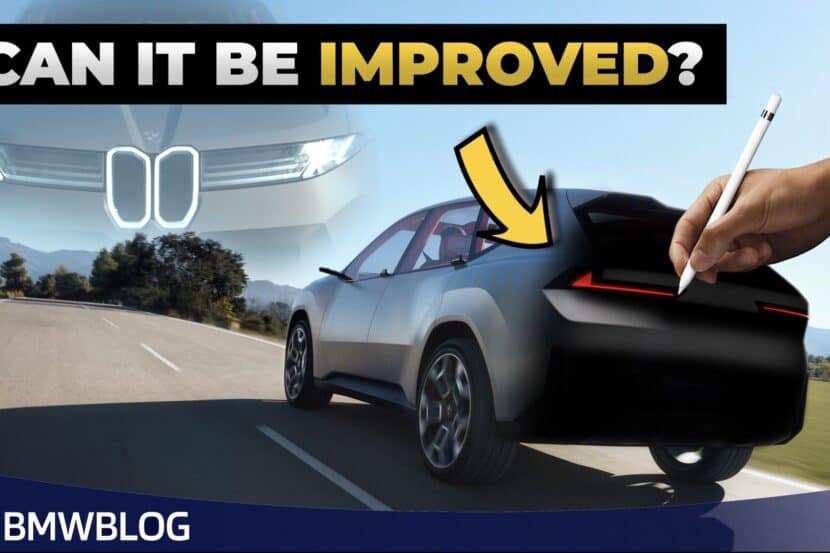The 1970’s were good times for BMW and racing. We had the glorious BMW 3.0 CSL “Batmobile” and the car that succeeded it, even if it wasn’t as exciting as the CSL, the Group 5 E21 BMW 320i. Nicknamed the “Flying Brick” due to its hilariously un-aerodynamic shape, the E21 Group 5 racer was an awesome car. Sure, it wasn’t as cool as the car it replaced but it was still damn cool.
Powering the Flying Brick was a BMW Formula 2 engine, a 2.0 liter four-cylinder engine based off of BMW’s famous M10 engine. It made a hefty 300 hp, which is almost as much as BMW’s current 3.0 liter turbocharged I6 “B58” engine, which was a lot back in the day. More importantly, though, it made a sensational noise. In this video from the Goodwood circuit, we get to see a Group 5 BMW 320i thrash around the track, making glorious noises.
There’s nothing like the sound of old-school racing engines being driven in anger on a track to start your day. The smell of race fuel burning and hot coffee is likely my favorite smell combination on earth. So I can only imagine being there in person, hearing those incredible motors scream, smelling the fuel and drinking coffee. Seems like the perfect day to me.
What’s even more special about this car is that it laid some of the ground work for BMW’s Motorsport division to create one of its greatest engines of all time — the 1.5 liter Bravo F1 engine. While not directly linked, the little Formula 2 engine in the Group 5 320i proved to BMW how durable, reliable and powerful the M10 could be. So also based off of the M10 road car engine, BMW was able to create a 1,500 hp turbocharged four-cylinder for Formula One in the ’80s. Think about that for a moment. 1,500 hp from an engine with the same displacement as a base model MINI Cooper’s engine today.
[Source: Road & Track]





































































